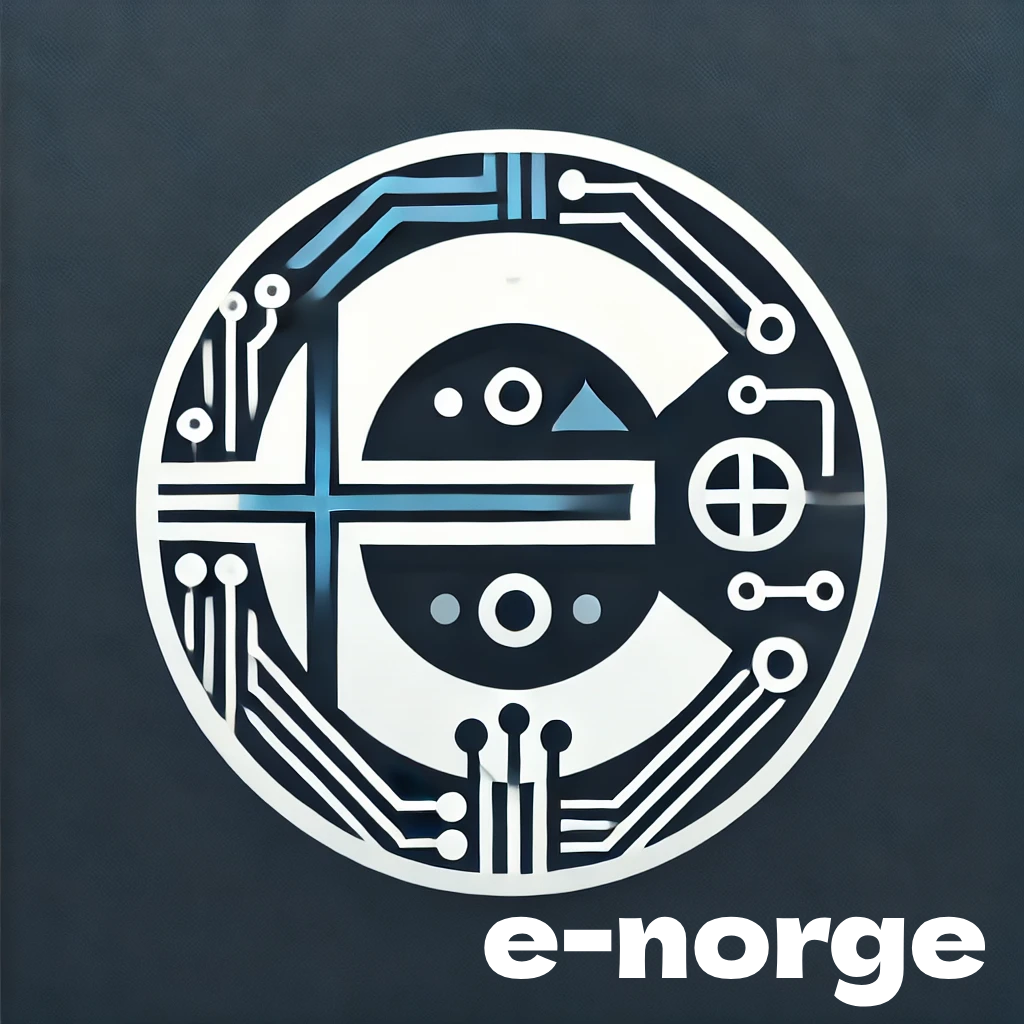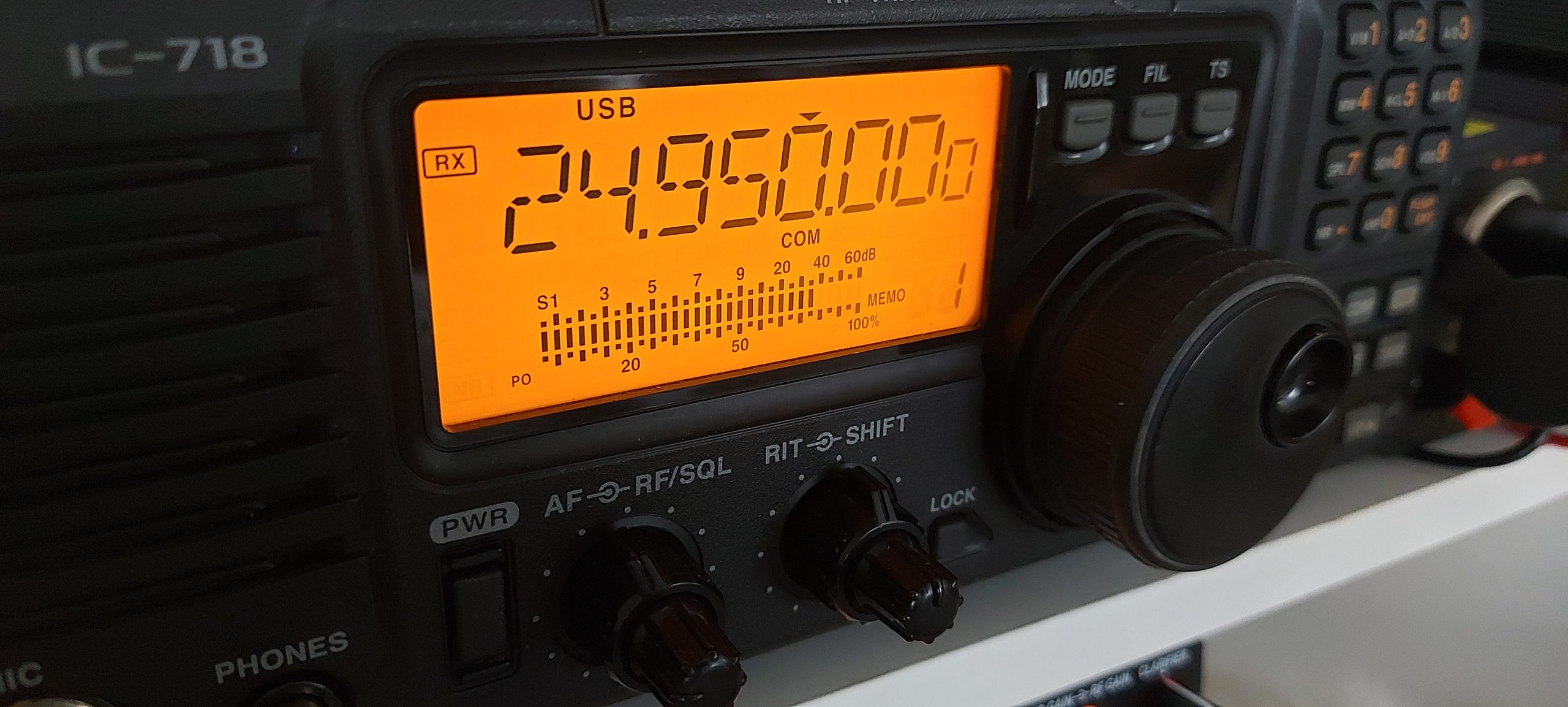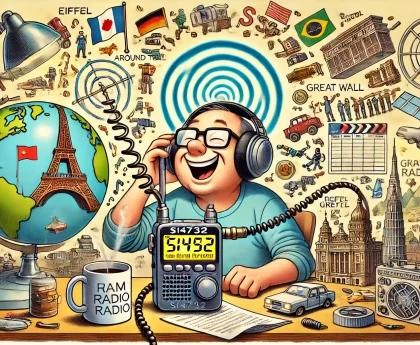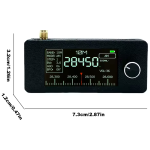Join our Exclusive Ham Radio Newsletter
In the vast world of amateur radio, certain bands seem to hog the spotlight—20m with its long-haul DX magic, or 40m with its reliable regional reach. But nestled quietly between the crowd favorites lies a true gem that too often gets overlooked: 12 meters. This “forgotten band” may be underused, but don’t be fooled—12m is a powerhouse waiting to be tapped.
A Hidden Sweet Spot in the HF Spectrum
The 12m band (24.890–24.990 MHz) sits in the higher portion of the HF spectrum, right between the 10m and 15m bands. It’s a part of the WARC (World Administrative Radio Conference) bands, meaning you won’t find contests here—just clean, open airwaves and friendly DXers.
That alone makes it an attractive option for those who want meaningful QSOs without fighting through pileups or contest chaos.
Daylight DX Dream
One of 12m’s most charming traits is how well it comes alive during daylight hours—especially when the sun is smiling down with high solar activity. It’s not uncommon for 12m to open wide from late morning into early evening, even when the lower bands are snoozing.
-
Solar Cycle Bonus: As we ride the peak of Solar Cycle 25, 12m is poised to shine. High sunspot numbers enhance F2 layer propagation, making 12m incredible for long-distance DX.
-
Low Noise Floor: Being less crowded and further from the urban RF soup that plagues the lower bands, 12m often feels clean and quiet—perfect for chasing distant signals.
The Antenna Advantage
If you’re short on space, 12m is your friend. The wavelength is just 12 meters long (about 39 feet), which means full-size antennas are small and manageable, even in modest backyards or apartment balconies.
-
A half-wave dipole for 12m is under 20 feet end-to-end.
-
A vertical antenna with radials performs brilliantly.
-
Lightweight yagis or loops can open the band even further.
You don’t need an antenna farm or a massive tower to enjoy solid performance.
Less Crowded, More Friendly
Because it’s underused, 12m often feels like a calm ocean instead of a crowded highway. That means:
-
Better chances at snagging rare DX.
-
Longer, more relaxed QSOs.
-
A great place for experimenting with modes like FT8, SSB, CW, or even QRP.
Whether you’re testing out a new antenna design or trying to work your first 100 countries, 12m offers room to breathe—and excel.
Digital Modes Love 12m
FT8, FT4, and other digital modes thrive on 12m. The band’s clean signal environment and propagation characteristics make it ideal for low-power digital DXing.
On a seemingly dead band, just fire up FT8 and watch the waterfall light up. That “dead band” might actually be bouncing signals across the globe—you just needed the right ears to hear it.
Great for Mobile & Portable Ops
The compact antenna size and daytime-friendly propagation also make 12m ideal for SOTA, POTA, and mobile operations. Grab your rig, head to a park or mountaintop, toss up a 12m dipole, and prepare for global conversations.
It’s Time to Rediscover 12m
The 12m band is like a quiet forest trail in a world of bustling highways. It’s there, it’s beautiful, and it’s waiting for you to explore. With its daytime DX capabilities, low noise, small antennas, and friendly vibe, 12m deserves a spot in every ham’s daily routine.
So next time you’re spinning the dial or checking your waterfall, don’t skip past 24.9 MHz. Call CQ on 12m—you might just be surprised who answers.
Check our selection of Hamradio e-books
-
Sale!

Mastering APRS
Original price was: $59.99.$47.99Current price is: $47.99.
A Comprehensive Guide – ebook
⭐⭐⭐⭐⭐ -
Sale!

Mastering FT8
Original price was: $59.99.$47.99Current price is: $47.99.
A Comprehensive Guide to the Ultimate Digital Mode – ebook
⭐⭐⭐⭐⭐ -
Sale!

Stealth CB Antennas
Original price was: $59.99.$47.99Current price is: $47.99.
A Masterclass in Innovation and Disguise – ebook
⭐⭐⭐⭐⭐ -
Sale!

Ace Your Ham Radio Exam
Original price was: $59.99.$47.99Current price is: $47.99.
Technician, General, and Extra Class – ebook
⭐⭐⭐⭐⭐ -
Sale!

DMR for Hams
Original price was: $59.99.$47.99Current price is: $47.99.
The Ultimate Beginner’s Guide – ebook
⭐⭐⭐⭐⭐ -
Sale!

D-STAR, DMR & Fusion
Original price was: $59.99.$47.99Current price is: $47.99.
A Beginner’s Guide – ebook
⭐⭐⭐⭐⭐ -

Mastering the 6-Meter Band
$47.99
The Ultimate Guide – ebook
⭐⭐⭐⭐⭐ -
Sale!

Integrating Ham Radio with Modern Technology
Original price was: $59.99.$47.99Current price is: $47.99.
IoT, Raspberry Pi, and More – ebook
⭐⭐⭐⭐⭐ -
Sale!
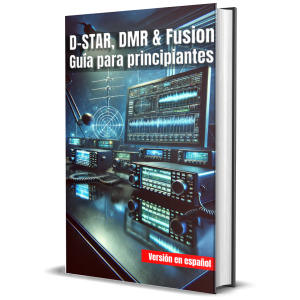
D-STAR, DMR & Fusion
Original price was: $59.99.$47.99Current price is: $47.99.
Guia para Principantes – ebook
⭐⭐⭐⭐⭐ -
Sale!
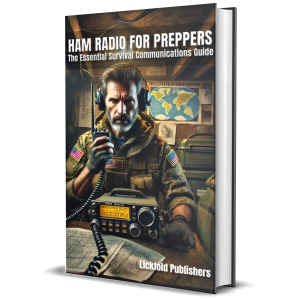
Ham Radio for Preppers
Original price was: $59.99.$47.99Current price is: $47.99.
The Essential Survival Communications Guide – ebook
⭐⭐⭐⭐⭐ -
Sale!

Mastering Marine Radio
Original price was: $59.99.$47.99Current price is: $47.99.
A Sailor’s Guide to Confident Communication – ebook
⭐⭐⭐⭐⭐

Enter shop
